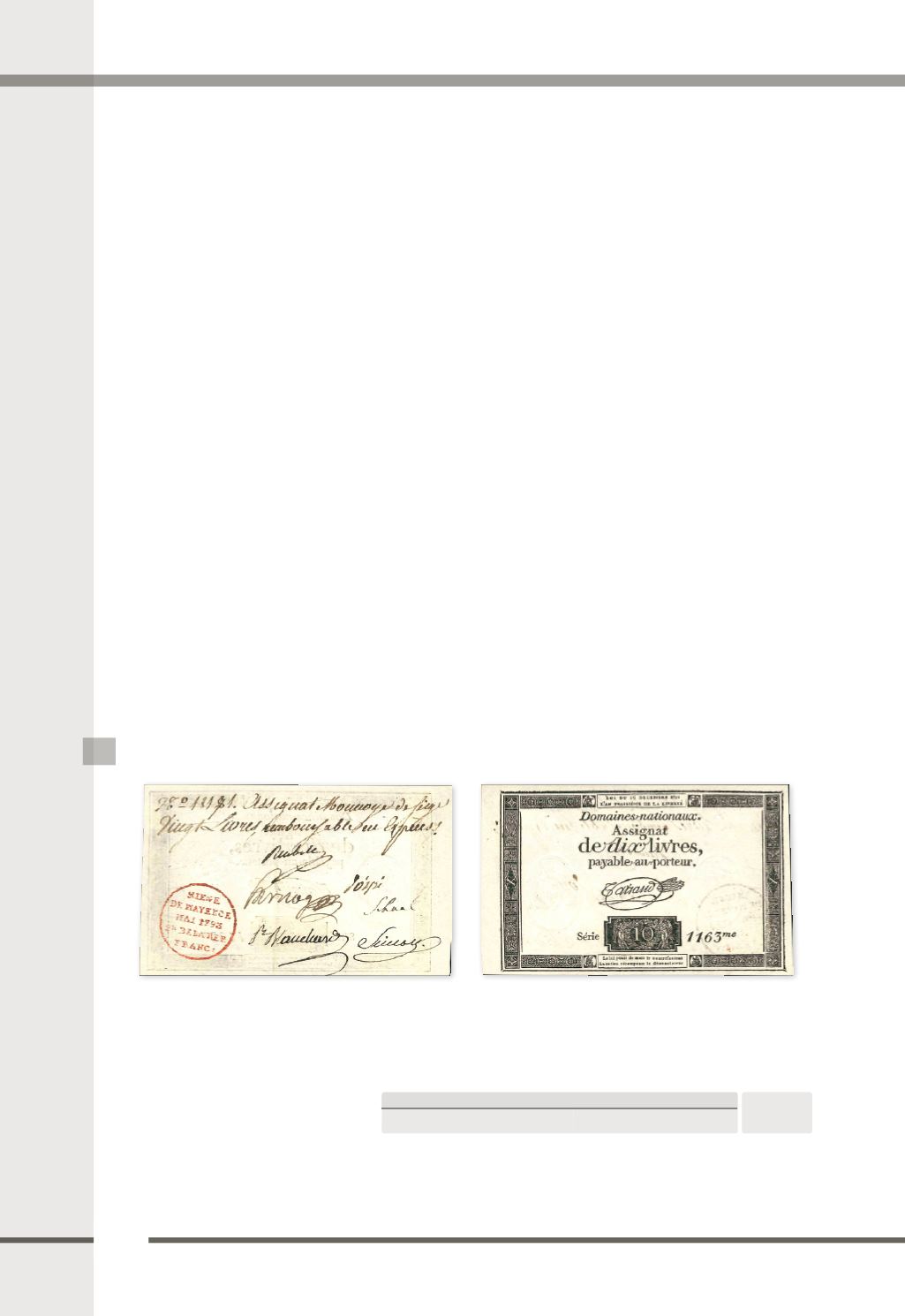

102
1793 SIÈGE DE MAYENCE
En France, c’est la Révolution ; en Europe, c’est la guerre, encore.
En Allemagne, en octobre 1792 le général Custine a pris possession de Mayence. La ville est une
place forte importante et permet de rayonner sur la région.
La République de Mayence est proclamée le 18 mars 1793 et annexée à la France le 30 mars.
Encerclée par les Prussiens et les Autrichiens, la ville est en état de siège dès avril. Elle tiendra
jusqu’au 23 juillet. Les soldats seront libres de partir. Menés par le général Kléber, ils arriveront à
Nantes début septembre et engageront la lutte contre les Vendéens.
Durant le siège, plusieurs types de billets furent émis. Tout d’abord sous forme de tampon sur papier,
puis sur différents assignats, et dès le 12 mai les émissions de « Monnoye de Siège » sont en
circulation. Tous ces billets sont rares et chargés à la fois de l’histoire révolutionnaire, mais aussi des
rapports entre la France et l’Allemagne, dans une région à nouveau annexée de 1801 à 1814, puis dès
la fin de la Première Guerre jusqu’en 1930, et enfin une dernière fois après 1945.
1793 Siege of Mainz
In France, the Revolution is happening; in Europe, there’s a war once again. In Germany, General
Custine took over the city of Mainz in October 1792. The city was a major stronghold which made it
possible to influence the rest of the region. The Republic of Mainz was declared on March 18, 1793
and became part of France on March 30th.
Surrounded by Prussian and Austrian troops, the city was under siege by April. It held out until July
23rd. The soldiers were free to leave. Led by General Kléber, they arrived in Nantes the beginning of
September and fought against Vendéen forces.
During the siege, several kinds of banknotes were issued. First of all with a stamp printed on paper,
then on various assignats, and by May 12th “Monnoye de Siège” (siege money) notes were in circu-
lation. All of these notes are rare and steeped in French revolutionary history, as well as the relations
between France and Germany, in a region that was annexed once again from 1801 until 1814, then at
the end of World War I until 1930, and finally one last time after 1945.
20 LIVRES
125 mm x 77 mm
4080093
Kol.013
Laf.227 PS.1472
mai 1793
Siège de Mayence. Surcharge au revers d’un 10 Livres
Six belles Signatures manuscrites, n°18171.
État exceptionnel.
600
����������������
900
TTB+
VF+
État
Grade
Départ
Estimation


















